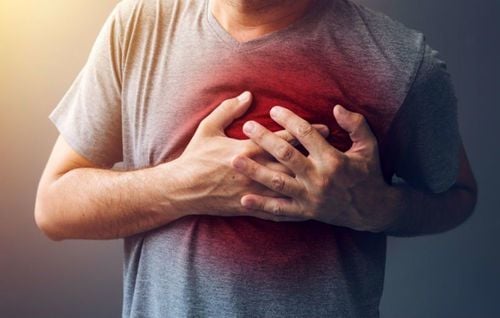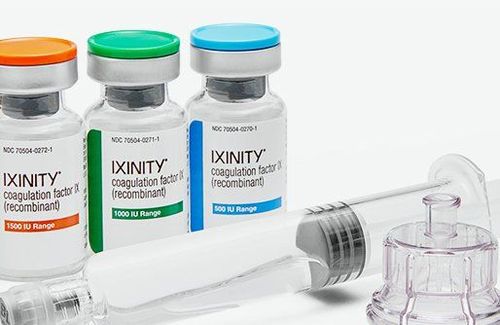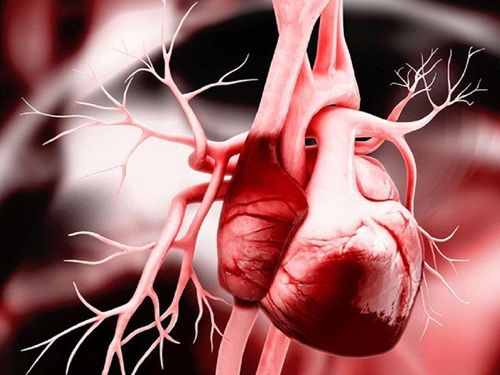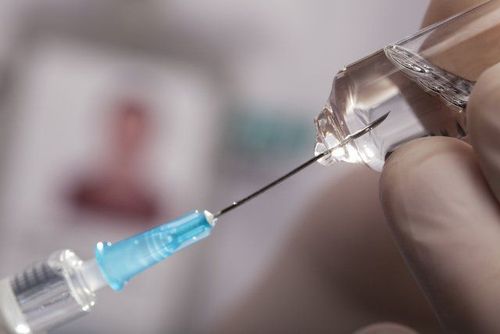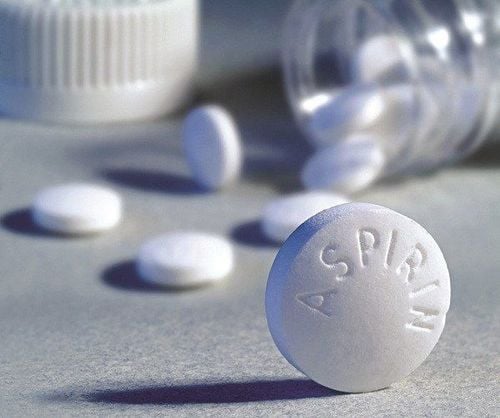This is an automatically translated article.
The article is professionally consulted by Master, Doctor Tong Van Hoan - Emergency Medicine Doctor - Emergency Department - Vinmec Danang International Hospital.Coagulopathy is a common problem in critically ill patients, especially in the ICU. DVT is often caused by many causes and the clinical manifestations are very diverse.
Each cause requires different specific and supportive treatment regimens. Recently, a deeper understanding of the etiology and clinical treatment of coagulopathy has helped in the diagnosis and determination of the optimal treatment strategy.
1. What is a blood clotting disorder?
Coagulopathy is a syndrome of bleeding that does not clot as it should due to a deficiency of clotting factors. Specifically, with normal people, when bleeding, platelets will stick together by clotting factors, blood clots are formed to help stop bleeding. However, in people with coagulation disorders, due to a lack of clotting factors or not working properly, the bleeding is continuous and difficult to stop.
Deficient factors can be due to proteins in the blood or proteins that exist but are not functioning properly, making it difficult for the blood to clot. The time it takes to treat a clotting disorder is very long.
Causes of RLS:
Infection (52%): is the highest risk factor for coagulation disorders (thrombocytopenia due to decreased proliferation, increased destruction, increased consumption of spleen, decreased coagulation factors) ). Disseminated intravascular coagulation (DIC): 25%, is a complication of many etiologies such as infection, trauma, obstetric complications... Severe blood loss (8%). Microvascular thrombosis (1%): thrombocytopenia thrombotic pupura (TTP), hemolytic uremic syndrome (HUS) are rare conditions. Heparin-induced thrombocytopenia (Heparin Induced Thrombocytopenia - HIT), patients in resuscitation often have to use Heparin (low molecular weight or unfractionated) to prevent deep vein thrombosis, dialysis... Thrombocytopenia Drugs (10%): Quinine, chemotherapy, calcium channel blockers, other drugs. Immune thrombocytopenia (3%): antiphospholipid syndrome or systemic lupus erythematosus... After bone marrow transplantation (10%). Pregnancy/postpartum (21%). Other disorders: cancer (10%), malignant hypertension...
Cục máu đông được hình thành giúp cầm máu
Clinical manifestations:
Excessive bleeding after trauma or surgery, after tooth extraction or dental examination. Irregular bleeding of unknown cause, although only moderate. Nosebleeds are frequent and prolonged. Bleeding under the skin and mucous membranes: spots, rashes or bruises... Bloody stools or urine. Painful swelling of joints. Women with bleeding disorders experience increased blood flow during menstruation. Fatigue and shortness of breath like anemia. Vomiting with blood. Consciousness disorder. Fever.

Chảy máu cam thường xuyên cảnh báo bệnh rối loạn đông máu
2. Coagulation disorders that can be encountered in emergency resuscitation
Severe blood loss: Severe blood loss is one of the causes of the risk of coagulation disorders in emergency resuscitation.
Microvascular thrombosis: thrombocytopenic purpura, thrombocytopenic purpura, hemolytic uremic syndrome are rare conditions that cause coagulation disorders.
Thrombocytopenia: Some cancers reduce the level of platelets in the blood, causing platelets to suffer morphological and functional damage in which the clotting function cannot work properly leading to hemophilia.
Suffering from infectious diseases, chronic diseases: Liver cancers, hepatitis, cirrhosis, pancreatic cancer ... cause damage to the vessel walls. The structure of the vessel wall is changed, making the vessel wall damaged and unstable, causing the risk of bleeding.
Infection: The body is infected or poisoned, causing fibrin to be destroyed, preventing blood clotting.
Obstetric complications, after surgery: Obstetric complications, surgery is one of the causes of risk of coagulopathy in resuscitation.
Use of drugs: Antibiotics, anticoagulants, anticancer drugs will stop the growth and regeneration of new blood vessels leading to clotting disorders. Some drugs such as quinine, chemotherapy drugs, calcium channel blockers,...
Blood group: Blood group is related to clotting disorders. People with blood type O have lower levels of clotting factors than people with blood types A, B, and AB. Therefore, people with blood type O are more likely to have clotting disorders and severe bleeding.
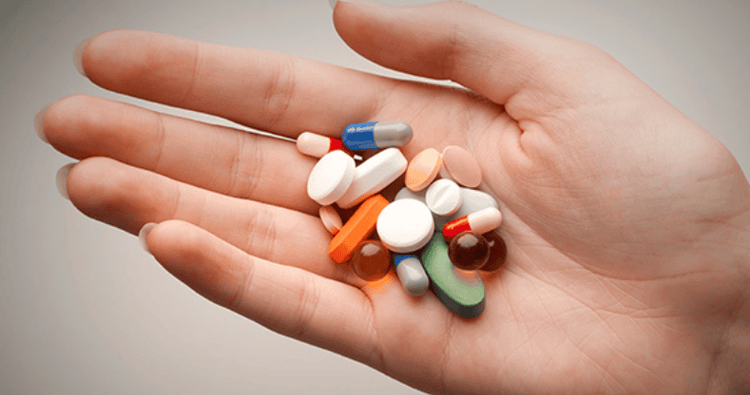
Sử dụng thuốc có thể gây rối loạn đông máu có thể gặp trong hồi sức cấp cứu
3. Management of coagulation disorders that may be encountered in emergency resuscitation
3.1. Principles of treatment
Treatment of the underlying disease is the main; Treatment of coagulopathy causes; Alternative and supportive treatment. 3.2. Treatment
The first thing to do is hemostasis, stabilization of vital functions, volume replacement... Then, depending on the cause of the coagulation disorder in emergency resuscitation, appropriate treatment. Specifically:
Coagulation disorders due to thrombocytopenia Platelet transfusion; When platelets > 100,000/μl indicate recovery, add Warfarin and maintain a direct thrombin inhibitor until treatment with Warfarin is achieved. Disseminated intravascular coagulation Blood product supplementation; Anticoagulants (discontinue anticoagulation when alcohol test is negative, D-dimer decreases and platelets rise again); Drugs to treat fibrinolysis (indicated when secondary fibrinolysis is high, clinical is heavy bleeding, fibrinogen continues to decrease, D - dimer is elevated); Transamin intravenous 10 mg/kg x 2-4 times/day.
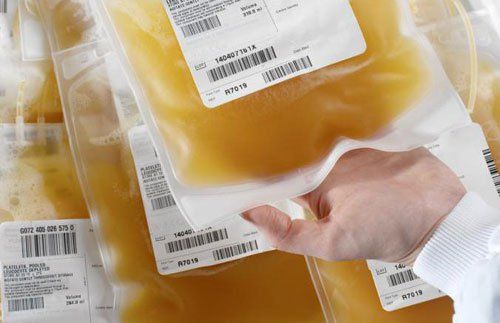
Bổ sung các chế phẩm máu cho người bệnh
TTP/HUS: Plasma exchange (PEX) combined or infusion of immunoglobulins with supportive treatment (circulatory resuscitation, respiratory, artificial kidney ...). Treatment of TTP: Only transfuse platelets when there is dangerous bleeding; no shortage of ADAMTS 13; no corticosteroids Continue PEX until response; start PEX daily, with plasma. Coagulation disorders due to deficiency of clotting factors: Treatment of the main disease in combination with replacement therapy of clotting factors. Alternative treatment: Vitamin K supplementation by intravenous, subcutaneous, intramuscular or oral injection; Infusion of fresh frozen plasma 10-15 ml/kg (4-6 units) and platelets in case of active bleeding. To register for examination and treatment at Vinmec International General Hospital, you can contact Vinmec Health System nationwide, or register online HERE.
MORE:
What is the normal blood clotting time? Blood clot formation in stroke How does a blood clot form in a vein?





